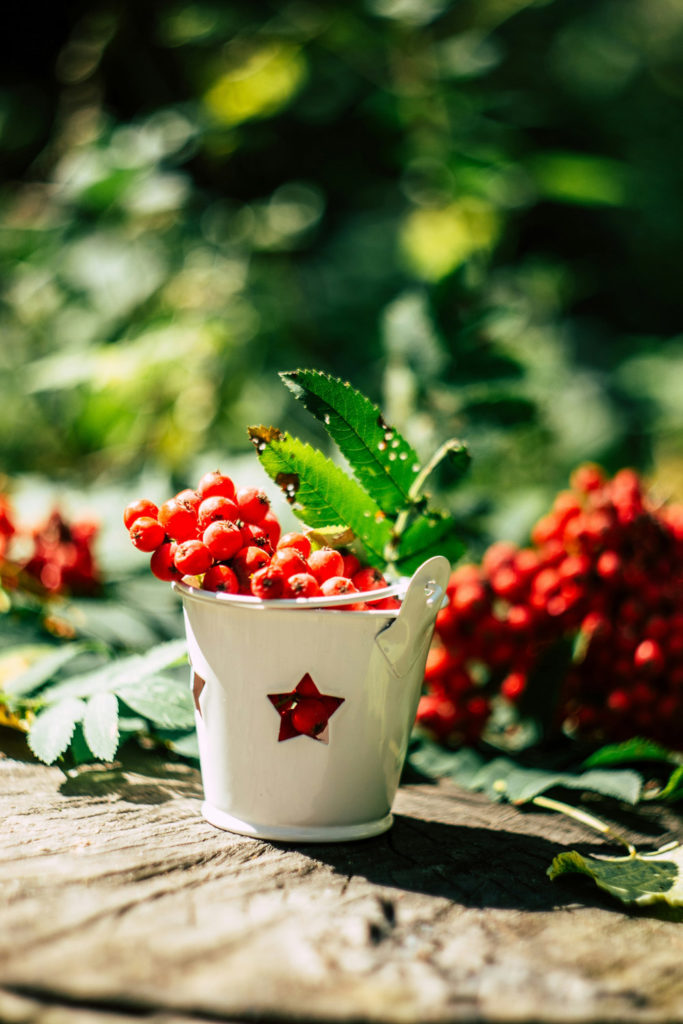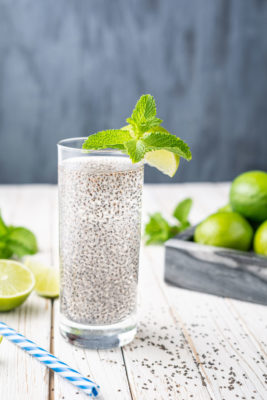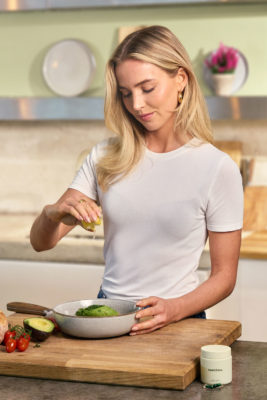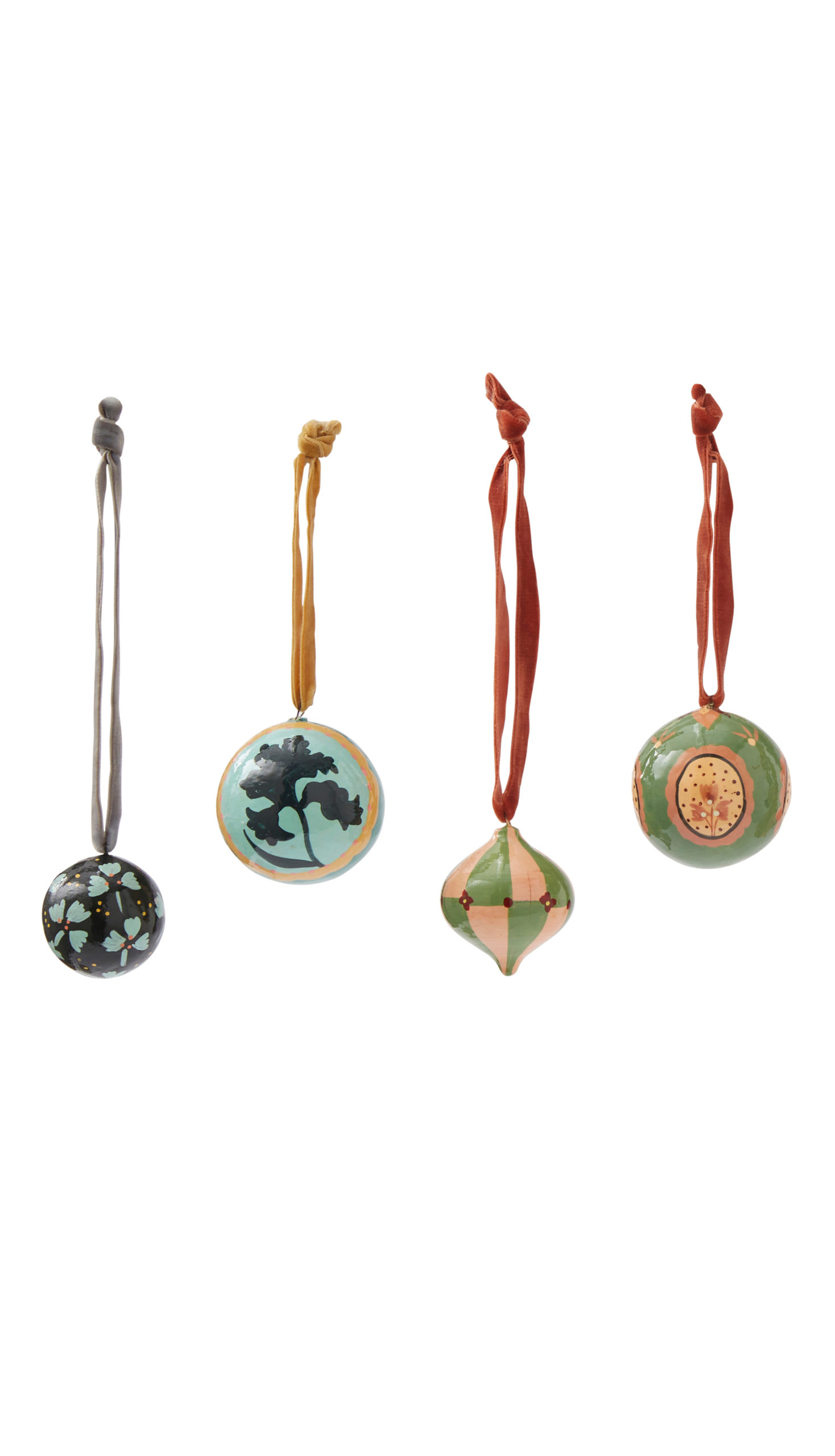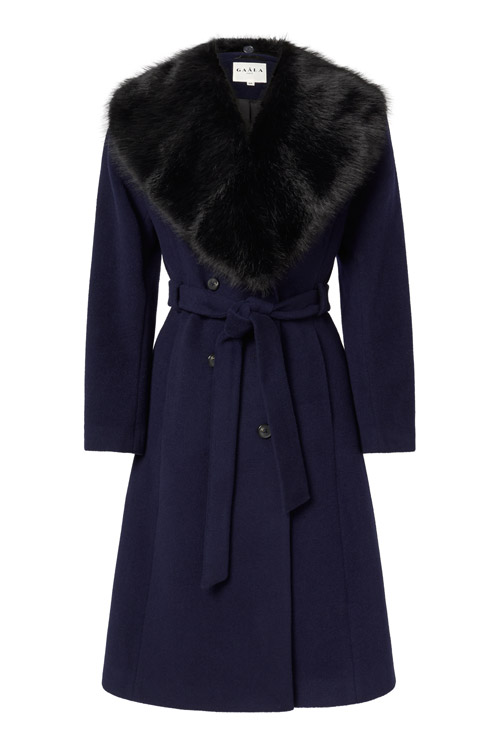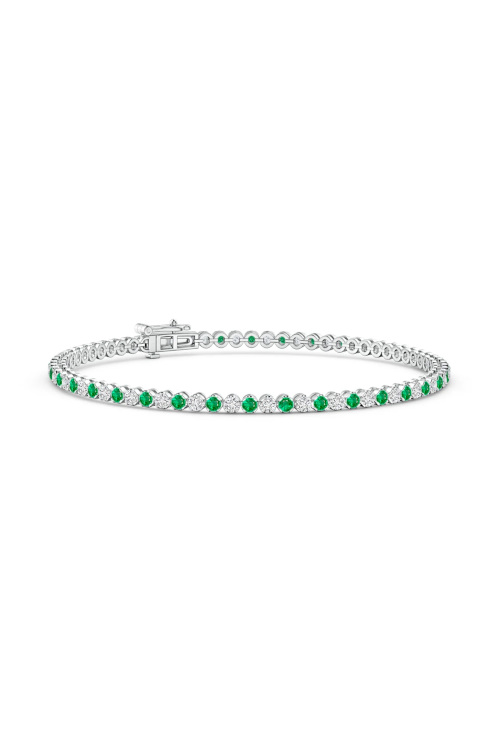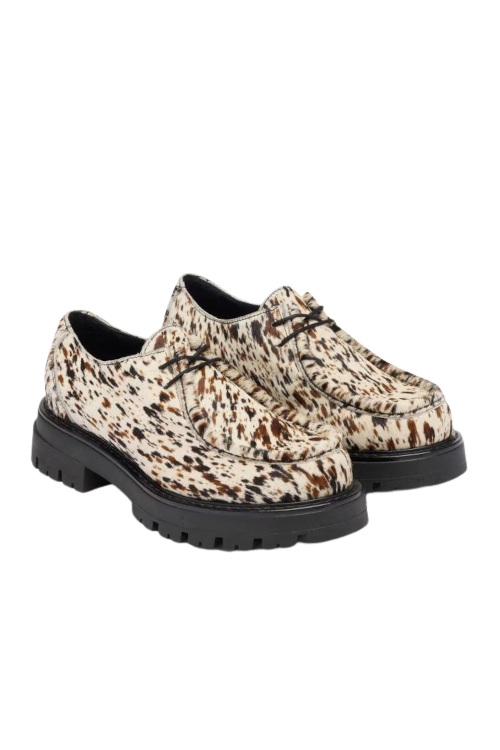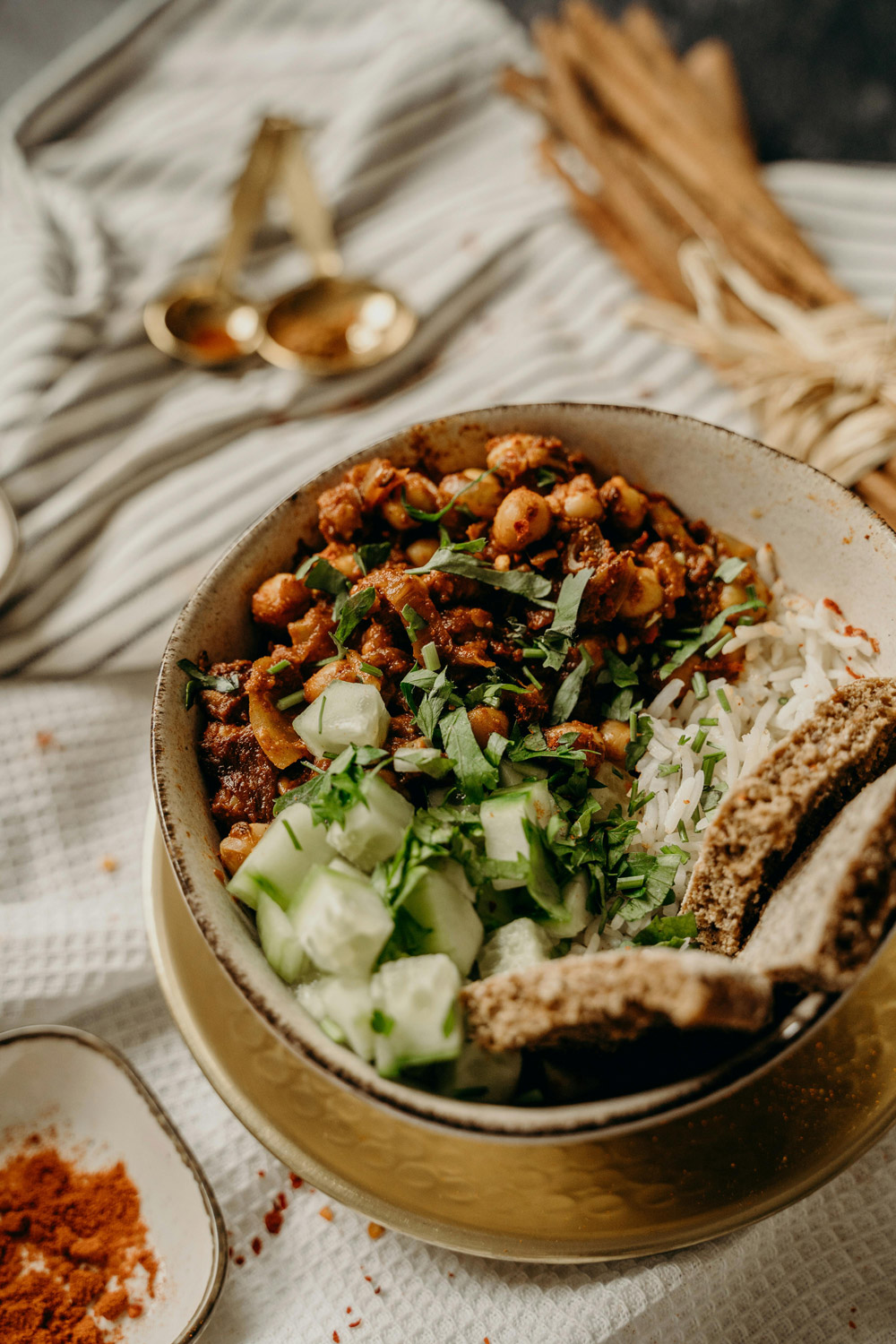
Should We All Be Fibremaxxing? We Asked A Nutritionist
By
4 months ago
The latest wellness trend, explained
For a long time, fibre was the overlooked macronutrient. But recently, the plant-based carbohydrate has shot into the spotlight, largely as a result of TikTokers discovering its gut health and digestive benefits. Enter fibremaxxing: the latest wellness craze to sweep the platform, which is all about eating an ultra-high-fibre diet. Considering around 90 percent of the UK population don’t consume enough, there are clearly positives to the trend – but are there dangers too? Do we all need to be going wild on the cruciferous vegetables? We asked nutritionist Rhiannon Lambert, founder of clinic Rhitrition, for her expert advice.
Why Do We Need Fibre?
Fibre is a type of carbohydrate found only in plant-based foods, such as wholegrains, vegetables, fruits, legumes, nuts and seeds. A fibre-rich diet offers many benefits for the body, particularly when it comes to gut health. ‘Unlike other carbohydrates, our bodies can’t digest fibre efficiently using our own enzymes,’ explains Lambert. ‘Instead, it travels through the digestive system largely intact until it reaches the colon, where it becomes food for the trillions of bacteria that make up our gut microbiome.’ This, in turn, makes digestion smoother.
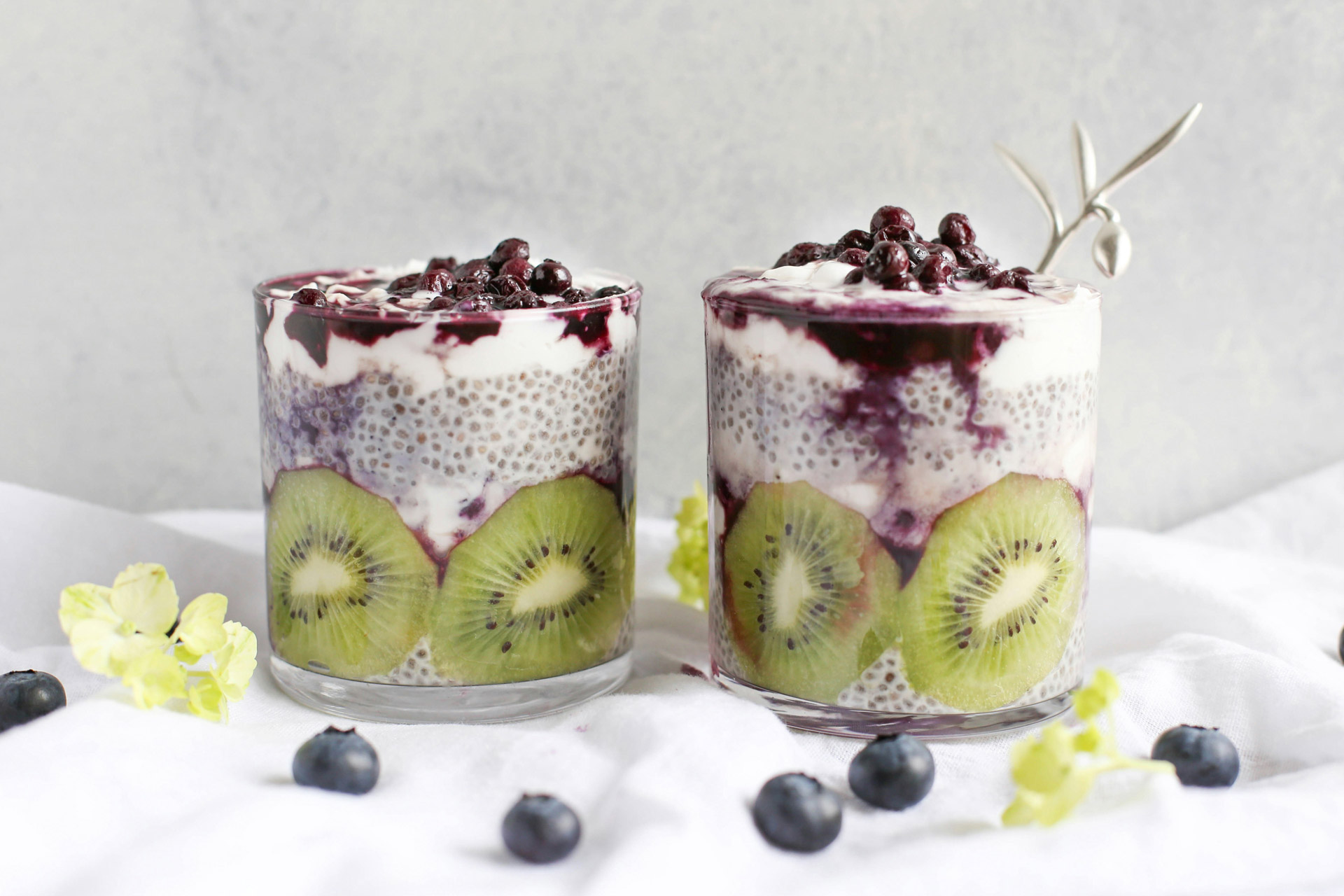
Unsplash
The perks are more wide-reaching than just boosting gut health, though. ‘When fibre is fermented by gut bacteria, it produces compounds called short-chain fatty acids (SCFAs), including butyrate, acetate, and propionate. These SCFAs are now understood to play a key role in supporting our overall health,’ says Lambert. One SCFA called butyrate is particularly beneficial, as it helps regulate sleep and mood while also reducing inflammation.
A high-fibre diet can also reduce our risk of developing certain diseases. One landmark study published in the BMJ in 2019 found fibre reduces your risk of heart disease, stroke, type 2 diabetes and colon cancer by 16 – 24 percent. Wholegrain fibre, found in foods like wholemeal bread, oats and quinoa, has been found to be especially beneficial when it comes to protective effects. ‘A diet rich in fibre promotes a more diverse and robust gut microbiome, which is increasingly linked to better outcomes in areas like immunity, metabolic health, mental wellbeing, and even cognitive function,’ concludes Lambert.
What Is Fibremaxxing?
TikTok’s fibremaxxing trend is essentially a clicky term for adding more fibre to your diet. However, some creators are taking this to the extreme, claiming ‘Ozempic-like effects’ from suddenly overloading on fibre.
@dietitianwithtwins Try this high-fiber recipe 👇🏻🍋 Rasberry Chia Fresca (2 servings; 10g fiber per serving) ✨ 1 cup water ✨ ¼ cup chia seeds ✨ ½ cup frozen raspberries ✨ 2 tbsp lemon juice ✨ 3 cups coconut water Fiber works similarly to Ozempic as it helps manage blood sugar levels, promote satiety and promote secretion of GLP-1! The result? A high-fiber diet can aid in reducing cravings, regulating appetite & helping you reach your health & weight loss goals effortlessly. 30 grams of fiber *minimum* daily is the goal & I help my clients easily reach this goal with structured meal plans that follow The 90-30-50 Method: ✨90 grams of protein minimum daily ✨30 grams of fiber minimum daily ✨50 grams of healthy fat minimum daily 👉🏻Ready to start reaching your goals with dietitian-created, done-for-you meal plans?! The Fall Reset Program is now enrolling & 20% off with the code FALL20 at checkout! When you enroll today, you will have immediate access to 16 weeks worth of meal plans following The 90-30-50 Method! Recipes with real food to transform your metabolism & mindset in just weeks💪🏻 link in b!0 to get started! #weightlosstips #weightlosstransformation #weightlosstipsforwomen #howtoloseweight #fatlosstips #weightlosscoach ♬ original sound – user11063489192
While the nutrient in question does keep us fuller for longer, and can help with controlling blood sugar levels and weight management, nutritionists are always wary of quick fix solutions, recommending gradual, sustainable changes instead.
‘A trend focused on increasing fibre is one I can get behind as a registered nutritionist,’ says Lambert. ‘However while fibre is a key part of a healthy diet, eating large amounts too quickly, as seen in some “fibremaxxing” trends, can lead to uncomfortable side effects like bloating, gas, cramps, and even diarrhoea. Overloading on fibre without enough fluids can also cause constipation or digestive distress.’
She adds: ‘If someone has an existing digestive condition (such as IBS or inflammatory bowel disease), or is making a significant dietary change, it may be helpful to consult a doctor or registered dietitian for personalised guidance.’
Any Dietary Swaps To Get More Fibre In?
‘There are plenty of easy ways to boost your fibre intake through simple swaps and thoughtful additions to your meals,’ Lambert says. She recommends:
- Swap white bread, rice, or pasta for wholegrain versions
- Add seeds such as flaxseeds or chia seeds to yoghurt, porridge or smoothies
- Use oats or wholegrain flour in baking instead of refined versions
- Bulk out meals with lentils, chickpeas or beans, in curries, stews or even salads
- Swap meat or chicken for plant-based proteins like tofu, tempeh or beans a few times a week
- Snack on fruit, vegetable sticks with hummus, nuts or popcorn instead of crisps or biscuits
- Add extra veg (fresh or frozen) to sauces, soups, stir-fries and casseroles
- Make porridge or overnight oats with added fruit and seeds instead of choosing typical breakfast cereals
Rhiannon Lambert is the founder of Rhitrition Clinic and the author of multiple books including The Unprocessed Plate

